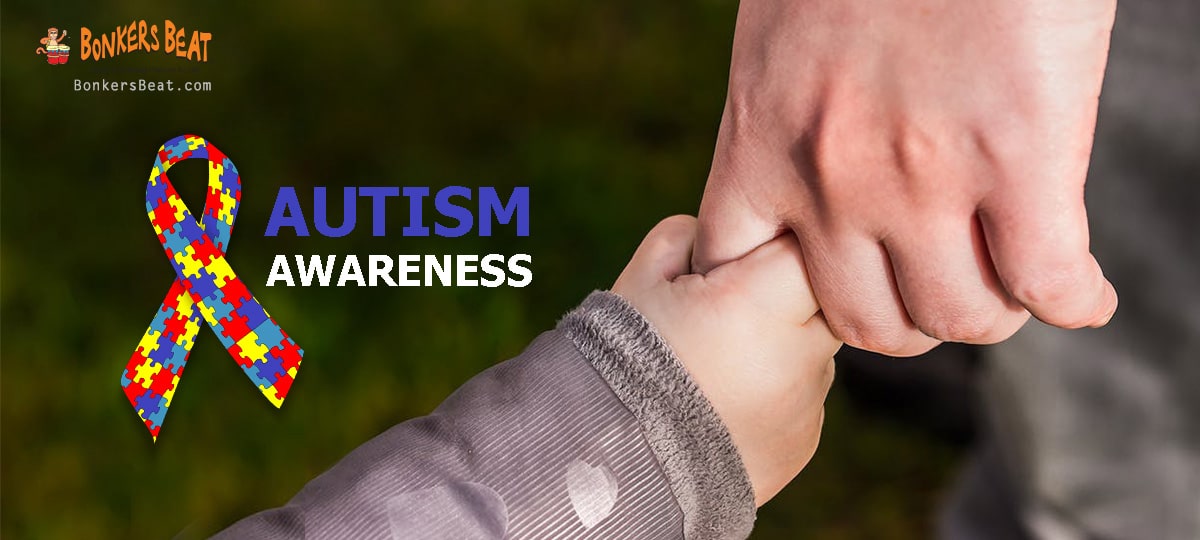Over 200,000 Australians are living with autism. That’s around 1 person out of every 100 people, with the condition four times more likely in boys than girls.
Needless to say, spreading awareness and acceptance of autism is really important for all communities. That includes ensuring we all – including children – have an understanding of what autism is and how it may impact people’s lives.
What is Autism?
It’s tricky to define autism in some ways as it varies from person to person. A good overview is offered by Autism Spectrum Australia, who says, “autism is a lifelong developmental condition that affects, among other things, the way an individual relates to his or her environment and their interaction with other people”.
Sometimes individuals with autism will have issues arise with communication, language, sensory development and sometimes body language and physical coordination.
It’s important to note that the condition exists across a spectrum. This helps to describe the range of challenges that may affect autistic individuals and to what degree their lives may be affected.
For example, some autistic children may not speak, others may be particularly sensitive to certain noises – there’s no ‘one way’ to have autism.
Guiding Children to Understand their Autistic Peers
Given that approximately 1 in 100 Australians have autism, encouraging children to understand the condition and some of the ways it may be displayed is essential. In addition, research has found that peers can help teach social skills to children with autism.
The number one thing to know is that while an autistic child may approach some things differently to a child who does not have autism, they still want to play, feel included and have friends who care about them, just like everyone else.
Check with parents of autistic children to clarify how they would like to approach it within peer groups. Some parents prefer that their child’s autism is not discussed, while others are happy to talk about it and help peers to understand how autism can affect behaviour.
Here are some important messages to share with children in Autism Awareness Week:
-We are all different in some ways. We might do things differently, speak differently or behave in unique ways.
-Autism or any other condition is just one characteristic of a child. We all still have lots of things we like and dislike or are good at.
-Let children know how to best communicate or play with autistic peers. For example, by refraining from yelling or by using simple phrases in conversation. Of course this will depend on the best approach for the autistic children in your care.
How Educators can Help
Early childhood educators can play a key role in encouraging inclusion and celebration of children’s differences in centres by:
– Including activities that focus on the strengths of the autistic children at your centre. Involve other children too and show we are all different and special with unique abilities, yet we can also have fun together.
–Maintaining a predictable environment. Routines and structure can offer a way to enable autistic children to flourish.
– Communicating clearly. Use visual aids can be a useful tool, including diagrams on posters, real objects and photos. Written prompts can help too depending on a child’s age.
At Bonkers Beat we find incorporating the self-paced Montessori approach can be a beneficial for working with children with autism. You might like to read more about the benefits of this approach for children on the spectrum here.
Let’s work together to build awareness and acceptance for autism – not just throughout Autism Awareness Month – and help all children to be the best they can be!





